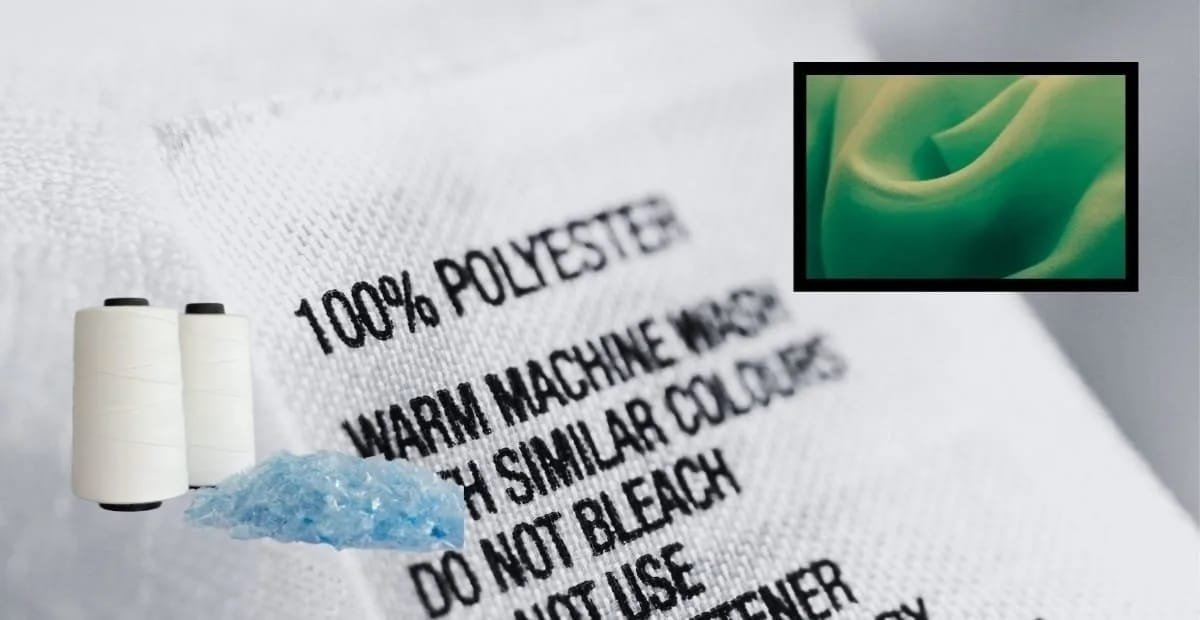Polyester is one of the most versatile fabrics in the world. Among its types, Microfiber Polyester stands out for its softness, strength, and wide range of uses. Because of its fine fibers, it is often chosen for clothing, cleaning products, and upholstery.
What is Microfiber Polyester?
Microfiber is a synthetic fabric made from extremely fine fibers. Each fiber is thinner than a strand of silk. As a result, the fabric feels smooth and soft to the touch.
The polyester fabric is produced through advanced spinning techniques. Although it is lightweight, it remains durable and long-lasting. Additionally, it resists wrinkles, stains, and shrinking, which makes it very popular. Read More…
Key Features of Microfiber Polyester
Microfiber has several unique qualities:
- Soft Texture – Feels smooth and gentle on the skin.
- Lightweight – Comfortable to wear in all seasons.
- Durability – Withstands frequent washing and use.
- Moisture Resistance – Dries quickly and repels liquids.
- Wrinkle Resistance – Keeps its neat look with little care.
- Breathability – Allows airflow, making it more comfortable.
- Stain Resistance – Dirt and dust are less likely to stick.
Because of these features, the fabric is trusted for both fashion and household products.
Common Uses of Microfiber Polyester
Microfiber is used in many industries and daily products. Some of the most common uses include:
- Clothing – Sportswear, activewear, dresses, shirts, and jackets.
- Cleaning Cloths – Highly absorbent microfiber cloths for dusting and wiping.
- Home Furnishings – Upholstery, curtains, and bed sheets.
- Towels and Bathrobes – Soft and quick-drying options for daily use.
- Bags and Accessories – Lightweight yet durable fabric for bags and pouches.
- Automotive Industry – Car seat covers, cleaning cloths, and interior fabric.
Therefore, microfiber is not just fashionable but also highly functional.
Advantages of Microfiber Polyester
Microfiber is popular worldwide because of its many benefits:
- It is soft yet strong.
- It dries quickly after washing.
- It resists wrinkles, stains, and shrinking.
- It requires less maintenance than natural fabrics.
- It is versatile, being used in both fashion and industrial products.
In addition, its cleaning ability is outstanding. Microfiber cloths can trap dust and dirt more effectively than cotton cloths.
Microfiber Polyester and the Environment
Like other synthetic polyester fabrics, microfiber comes with environmental concerns. It is petroleum-based, so it is not biodegradable. Moreover, tiny microplastic fibers can be released during washing.
However, recycling initiatives are growing. In fact, some microfiber products are now made from recycled
, reducing waste and energy use.
As a result, microfiber is slowly becoming a more sustainable choice.
Conclusion
Microfiber Polyester is one of the most versatile fabrics available today. It combines softness with strength, making it perfect for clothing, furnishings, and cleaning products. Although it has environmental challenges, recycling efforts are helping reduce its impact.
Because of its durability, comfort, and functionality, microfiber remains a popular choice for both industries and households. Whether it is in your clothes, your home, or your car, Microfiber Polyester is already part of your everyday life.
FAQS
What is Microfiber Polyester?
Microfiber Polyester is a synthetic fabric made from ultra-fine polyester fibers. It is lightweight, soft, and durable, making it suitable for clothing, furnishings, and cleaning products.
What makes Microfiber Polyester unique?
Its fibers are much finer than silk, giving the fabric a smooth texture. Additionally, it is resistant to wrinkles, stains, and shrinking.
What are the main uses of Microfiber Polyester?
It is used in sportswear, upholstery, curtains, bed sheets, towels, cleaning cloths, and car interiors.



